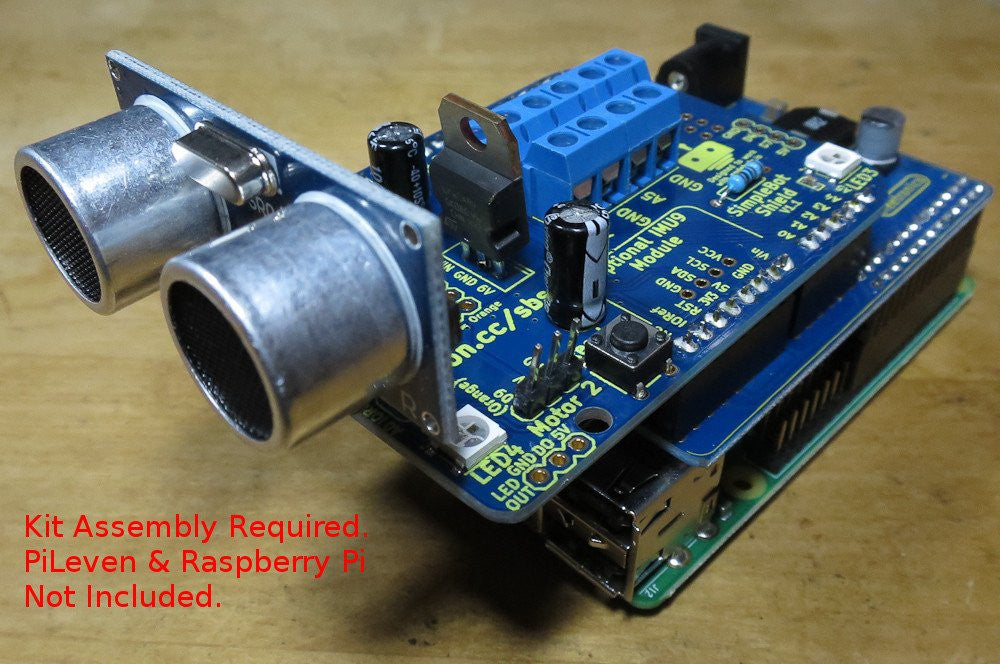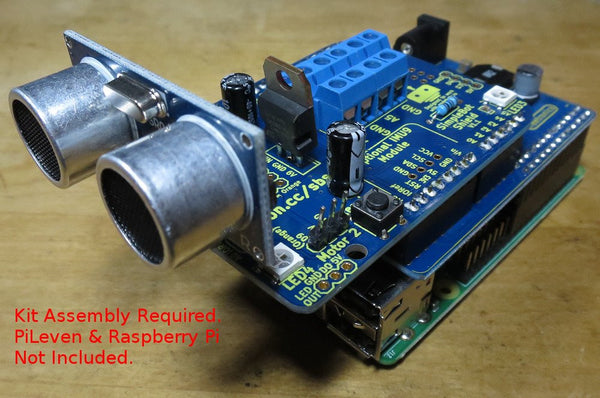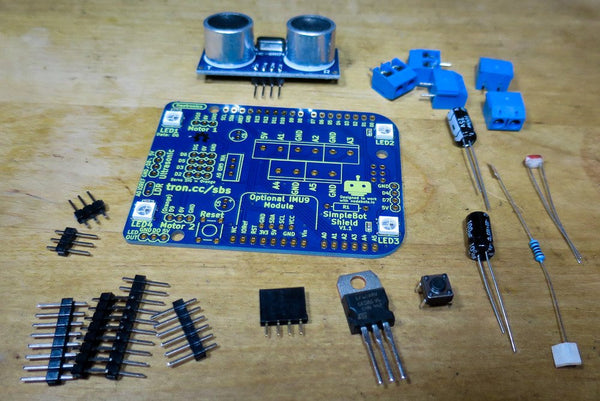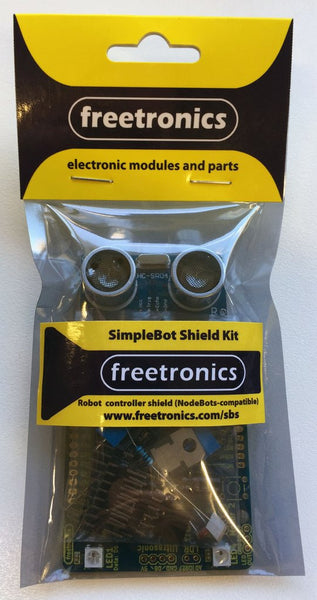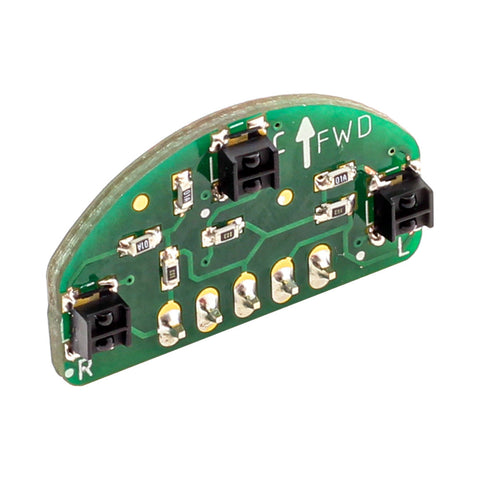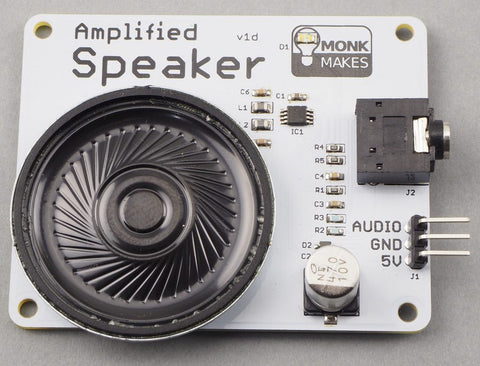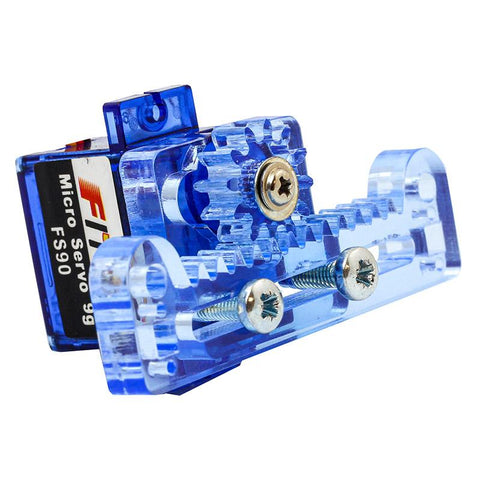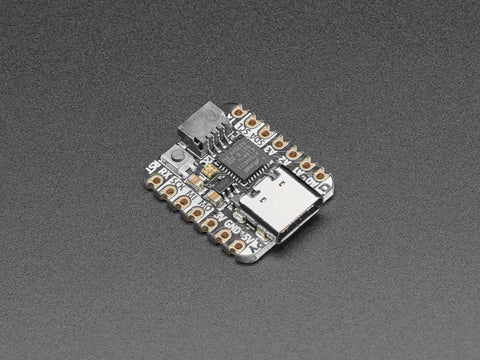Electronic kits and parts - build, code, and learn!
- Home
- Blog + -
- Kits by Age + -
-
Shop by Category
+
-
- BBC micro:bit Starters
- micro:bit Accessories
- Combo Packs
- E-Textiles / Sewable Electronics
- Card / Paper Circuits
- Bearables
- Kits
- Raspberry Pi and Microbit Cases
- Adafruit CircuitPython
- Robotics
- Internet of Things (IoT)
- Arduino + Accessories
- Parts
- Raspberry Pi 4 hardware
- Raspberry Pi Zero
- Raspberry Pi
- Raspberry Pi HATs
- Raspberry Pi Accessories
- Clearance/Discounted items
- Soldering Tools
- Shop by Brand + -
- All Products
- Log in
- Create account
-
- Home
- Blog
- Kits by Age
-
Shop by Category
- BBC micro:bit Starters
- micro:bit Accessories
- Combo Packs
- E-Textiles / Sewable Electronics
- Card / Paper Circuits
- Bearables
- Kits
- Raspberry Pi and Microbit Cases
- Adafruit CircuitPython
- Robotics
- Internet of Things (IoT)
- Arduino + Accessories
- Parts
- Raspberry Pi 4 hardware
- Raspberry Pi Zero
- Raspberry Pi
- Raspberry Pi HATs
- Raspberry Pi Accessories
- Clearance/Discounted items
- Soldering Tools
- Shop by Brand
- All Products

